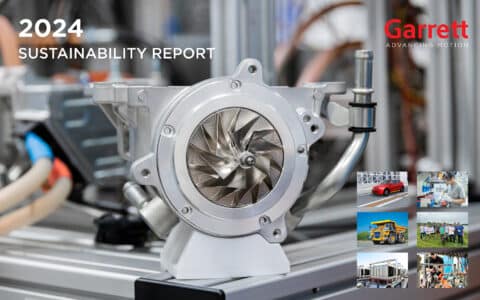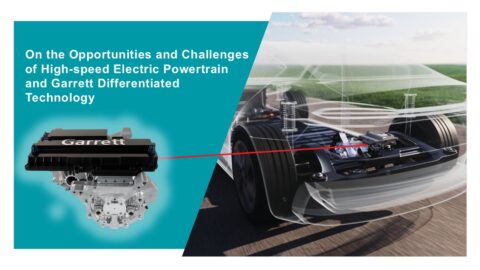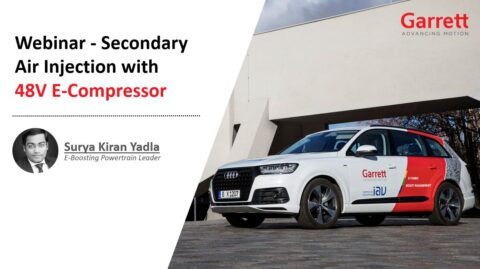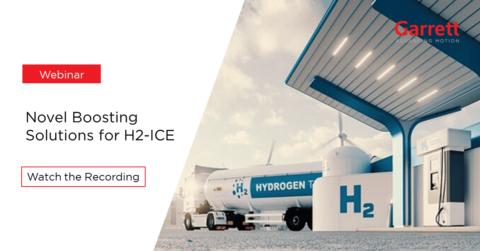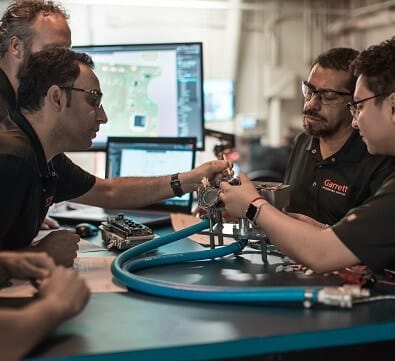Abstract: CO2 targets and anticipation of Eu7 Legislation is accelerating the widespread adoption of VNT turbochargers for Gasoline engines. VW set the industry best BSFC of 222 g/kWh when it released its 1,5L EA211 Miller engine with a Garrett GT12V in the Vienna Motor Symposium in 2017 [1,2]. Since this time engine ratings and VNT product ranges have been expanded and it is now expected that we will see new releases from several OEMs in multiple applications from 2020 onwards.
As Powertrain’s become increasingly electrified the idea of an engine dedicated for hybridisation (DHE) is emerging and concepts are being studied of how to reach significantly lower BSFCs, in a range of loads and speeds that such an engine would operate at in a future hybridized vehicle.
Single stage compression associated to Miller cycle will eventually reach a limit. One possible solution to take the next step in BSFC improvement towards 200 g/kWh is to split the compression between two compressors and control compressor outlet temperatures and compressor work by cooling the charge between the two stages.
This paper shows how such a machine can be realized with a single shaft with a single VNT turbine and will discuss results from a collaboration project between Audi, AVL and Garrett.








